Casa Amealco, Amealco, Mexico
2016-2017 , Amealco, Queretaro, Mexico
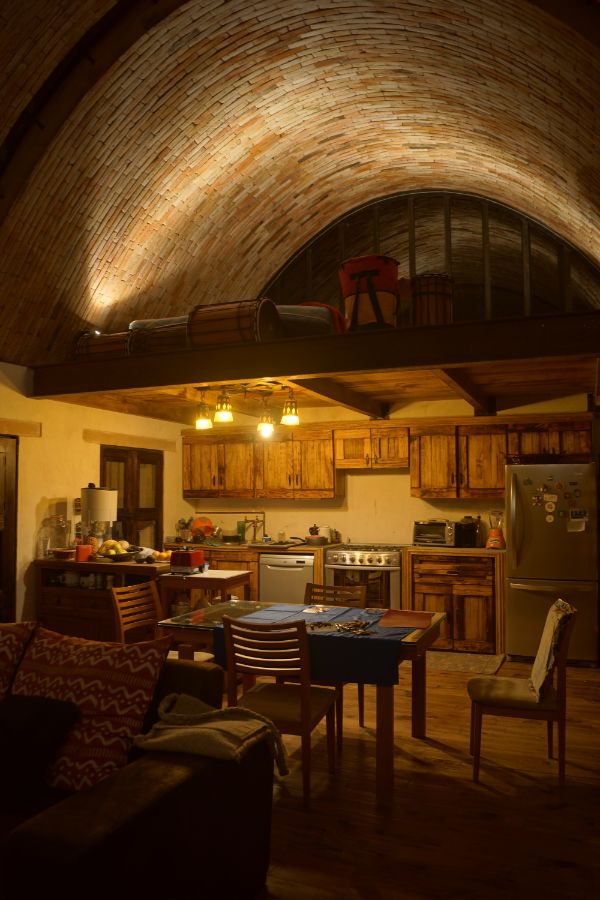
As a non Spanish speaking, unknown architect, without a team in Mexico, it took some bravery for the client to hire me as an architect. In 2014, I was invited as a visiting faculty at ITESM Queretaro, and was just beginning to grasp some spanish and make some new friends at Queretaro.
The clients approached me to first build a temazcal, an traditional aztec steam bath. I proposed to build the small project out of adobe bricks and through inexperienced hands in a workshop setting. The low cost of construction and the innovative design was an attractive proposal for the clients.
The success of the temazcal, led the clients to believe that I was the right architect for their future home and workplace on the same site. The project went down as a huge experiment and learning process for me and about 60 other volunteers who came to work with me.
Surveying the surrounding areas for local material led me to nearby quarries of cut earth. The material – Sillar de tepetate, was a form of high carbonate soils – volcanic ashes settled in naturally compressed in layers. A form of cut earth blocks were extracted from the quarries, then further cut on site with a large tungsten carbide discs.
Soft in nature, these blocks were seldom used in modern architecture and were only reserved for farmhouses, barns and animal shelters. However, due to the insulating nature and the breathability of these natural materials, I ventured out to use Sillar de tepetate as a structural material, without any vertical columns. Butressed stone masonry walls were raised to bear the horizontal forces of a series of vaults and domes over two levels.
As there was little knowledge of local skilled labor, I announced a one month volunteering opportunity for the general public. To my surprise, more than 60 volunteers signed up to work for a week or more, in exchange for the opportunity to learn how to build Vaults and domes with mud. A skill that I had practiced and picked up with my previous experiences in India. A series of catenaries were traced, and designed and built without formwork on site with volunteer labor over 2 months.
Here are some images of the living and working on site for 2 months, where among 60 volunteers – architects, students of architecture, men, women, children (one even aged 8) a team of 6 stayed on to build with me. Paulino Rico, Alessandro Costa Esparza, Margarita Nava Rool, Luis Enrique Menchaca, Marco Mijares believed sufficiently in me to stay on for the next 6 months to build with mud – vaults and domes of various complexities. Some vaults collapsed thrice before they were finally up.
This team went on to become my A-Team, that has been building with me since 2016.
One fine day, the two major masters of vault building in Mexico arrived on site, hearing about our teams success. Vault and Dome construction is a closely guarded skill only shared among a few families of Bovederos (Vault and dome builders) in Mexico. They mainly build two types of vaults – The mexican vault and the Cañon. Catenaries and Aristas (intersecting) vaults are uncommon.
These two masters are Bovedas Andres Flores Castañeda, James Anthony. They stayed on, participated with us to build, taught our A-Team to build with a lot more finesse and attention to detail. Thanks to these masters, I was able to observe and understand important concepts of freeform building – using the body and its movements as a measure to build curved surfaces. A type of intuitive building, that has existed in Mexico since generations!
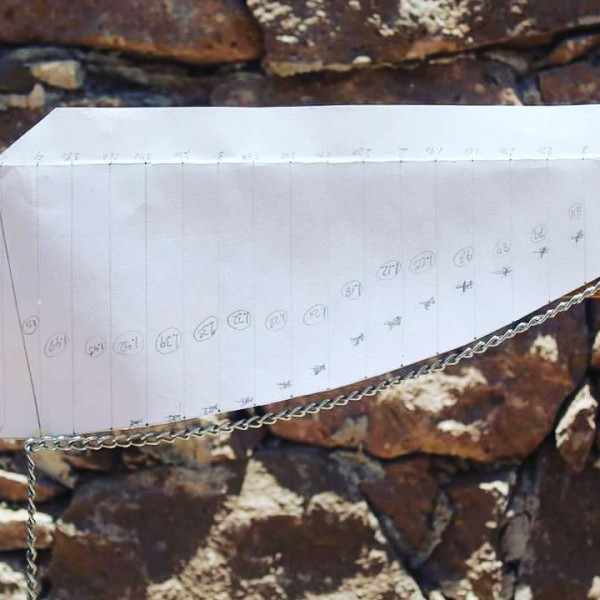
The paper in the photo represents the measurements of a dome intuitively built by Master Andres, it is surprisingly close to a catenary. While the photo below shows the rational approach ive been taught at the Auroville Earth Institute . The optimization method they teach has been used to stabilize a intermediate floor.
These two masters continue as our teachers and guides, helping us through our apprenticeship process. Their existence and interest in our work has led to several other masters getting involved in our learning process.
Handmade Architecture, a idea of building where knowledge is transferred from Master to Apprentice – was born here in the innumerable talk and discussions under moonlight, on this site. We cooked, camped and worked day and night, sometimes under torrential rainfall, putting work before our own bodies to keep building.
Thanks to the freedom granted to us by the clients, several interesting experiments were carried out on site. Here is a attempt to create an identity of the project, while reinterpreting the Aztec style of representation of mythology and meaning.
This project will deserve a very special place in the hearts of several volunteers, masters and masons as it is what brought us together to build in Mexico.
Many thanks to Erick Jose and his team of incredibly talented carpenters for sticking it out and taking this project to its current state.
Special tanks to Jorge Camacho and Terapias Holisticas (Rocio) for their belief in us.

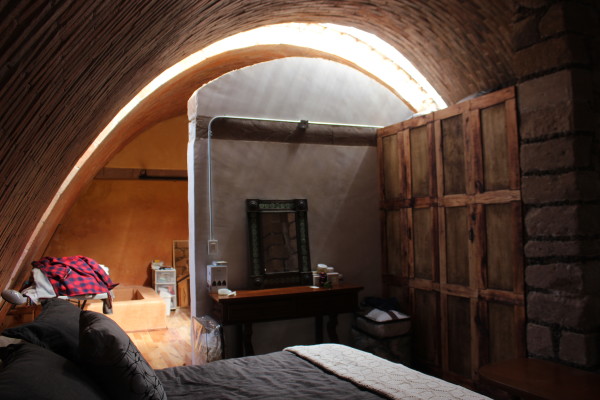
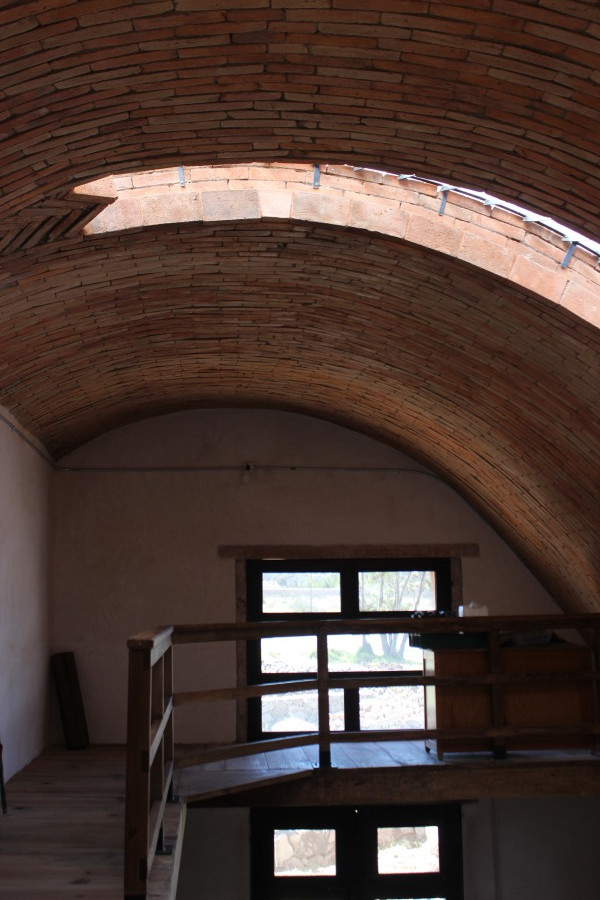
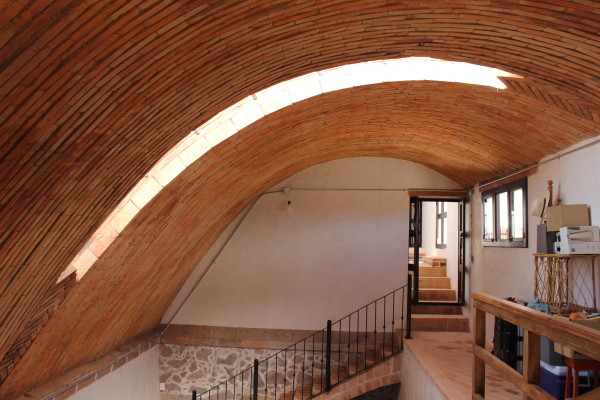
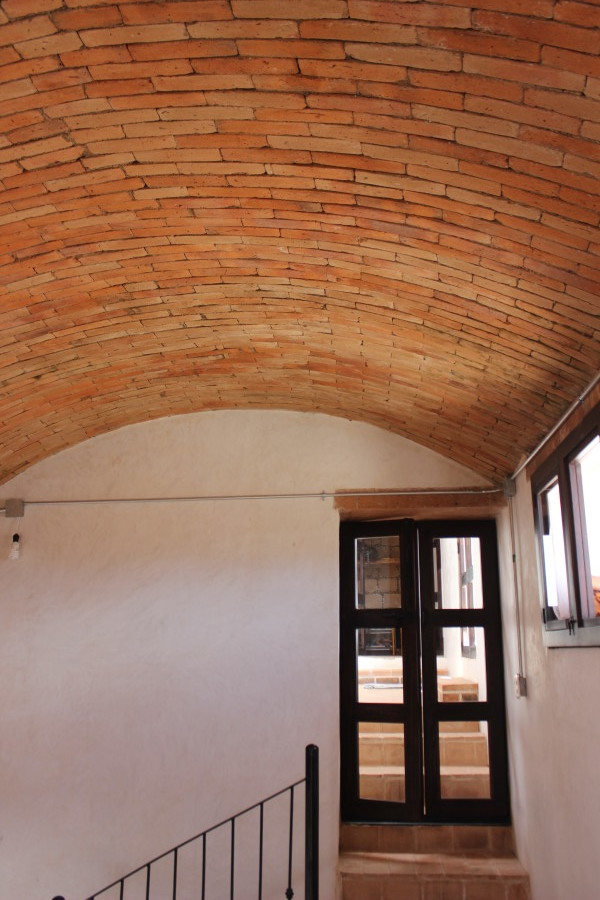
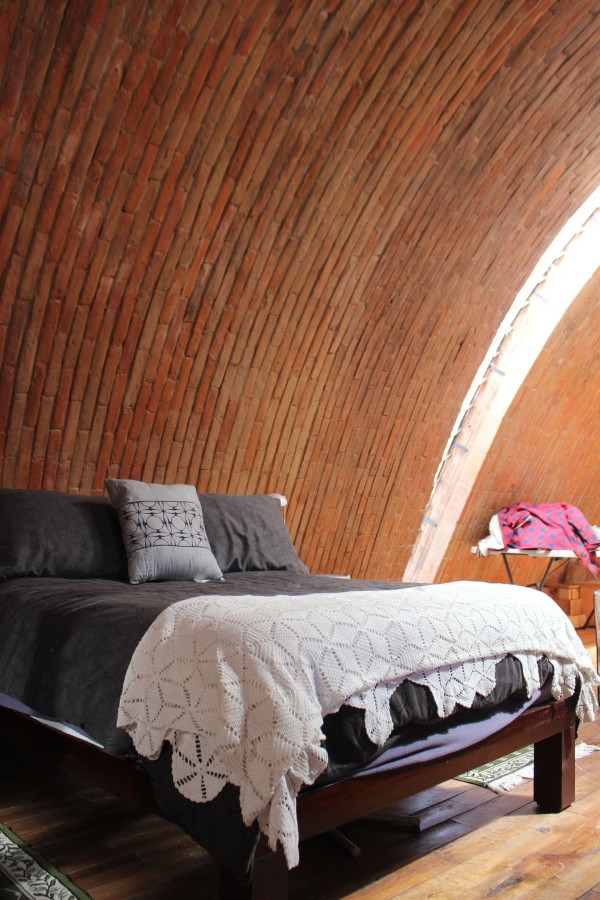
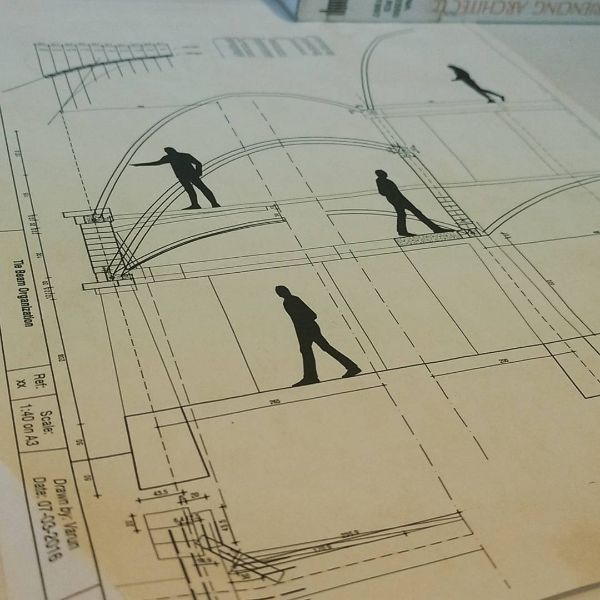
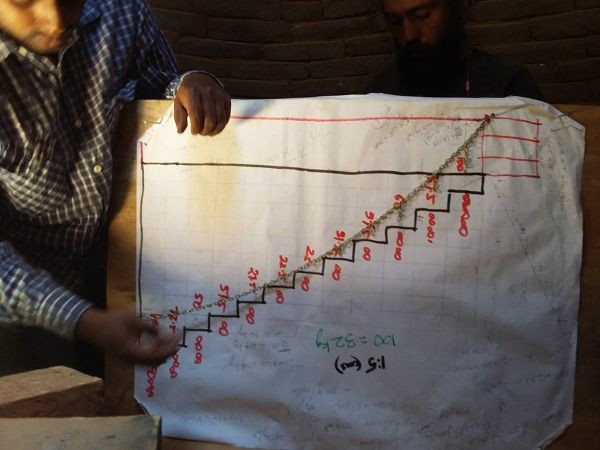
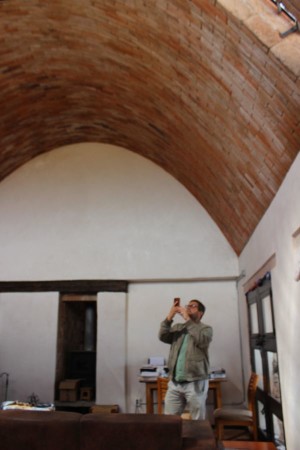
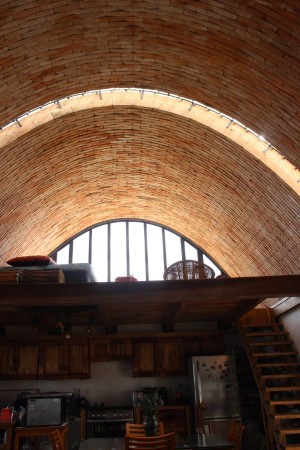
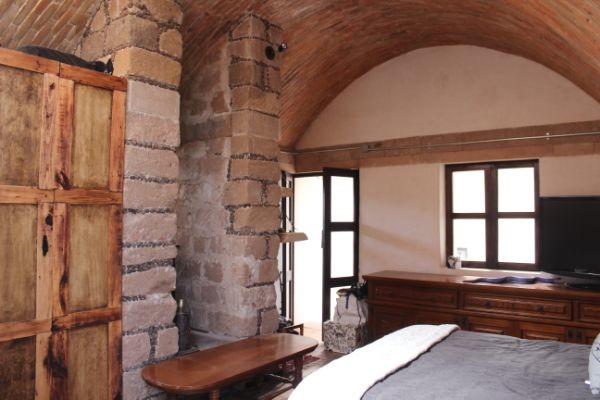
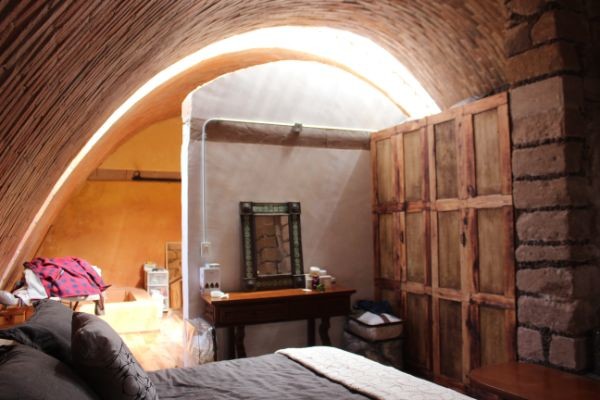
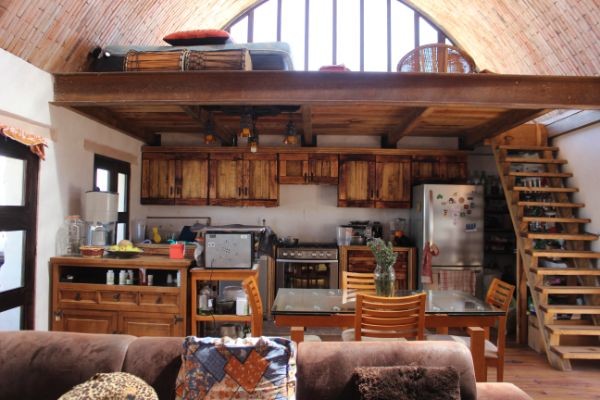
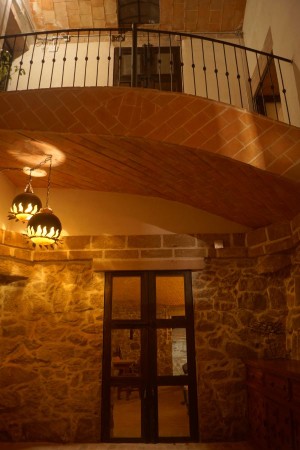
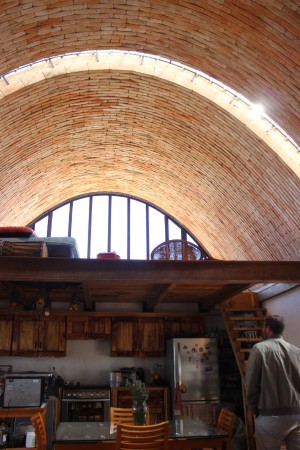
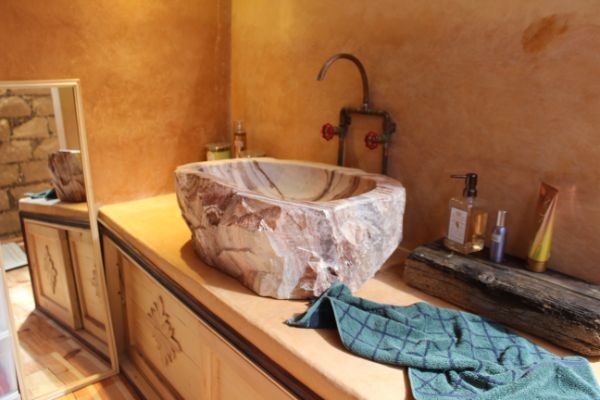
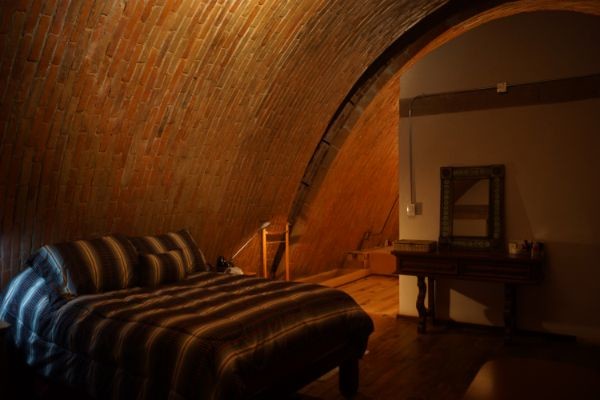
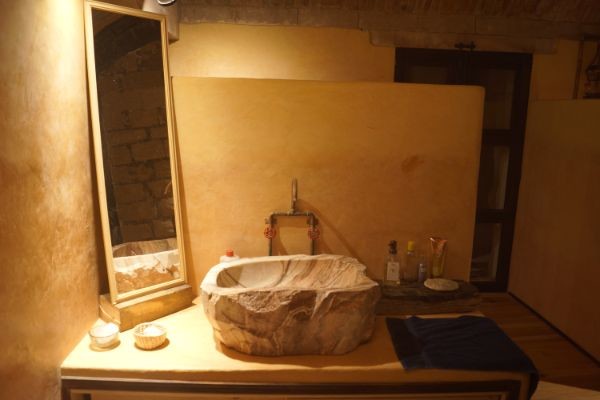
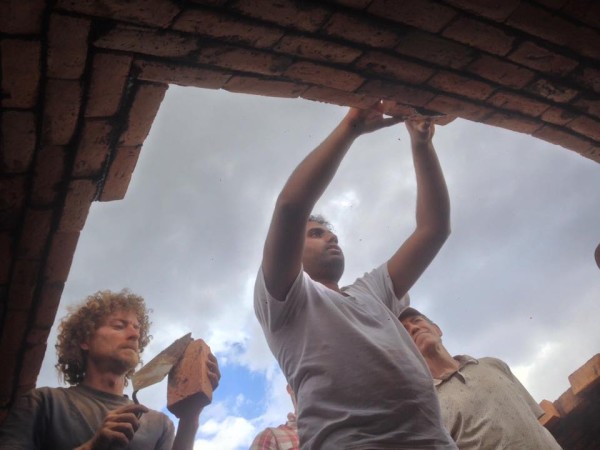
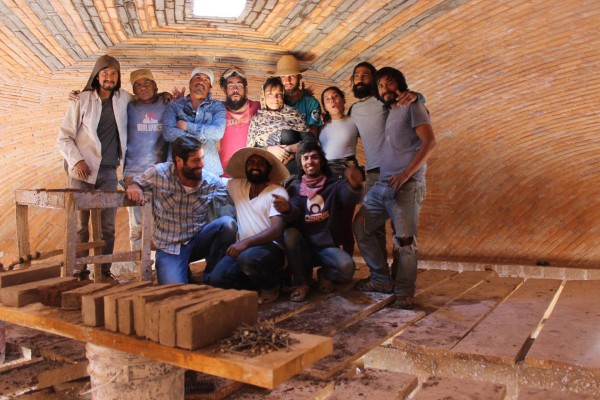
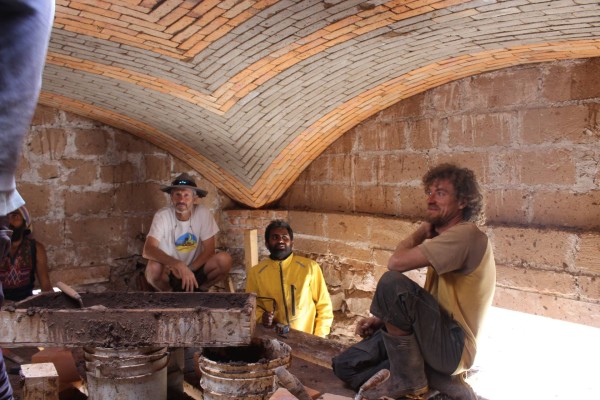
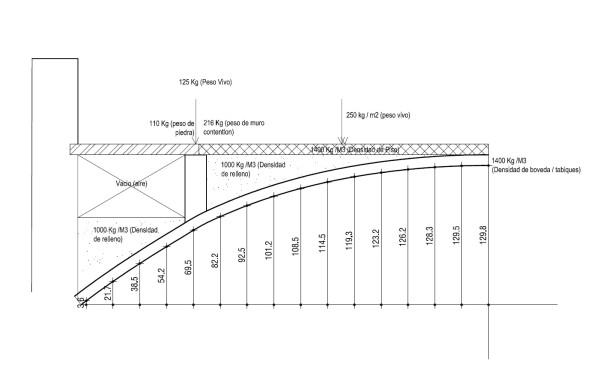
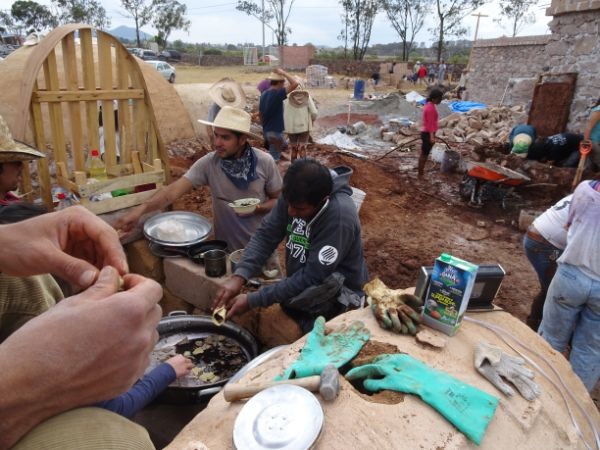
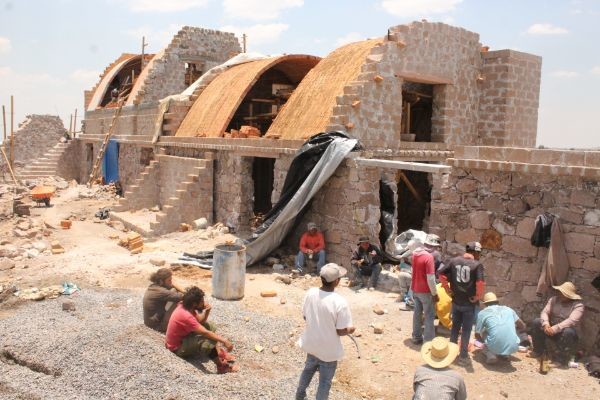
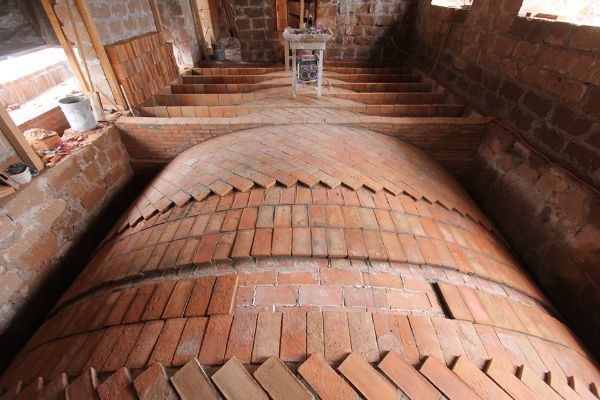
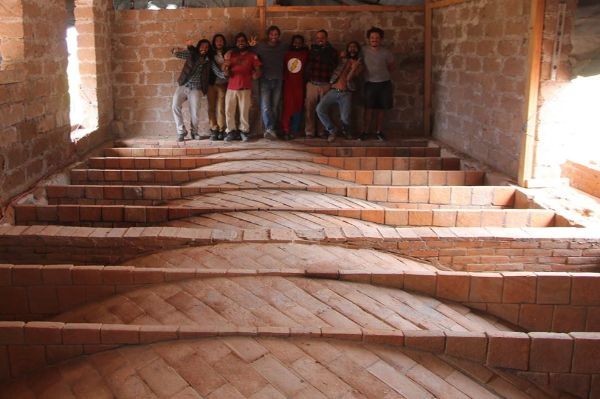
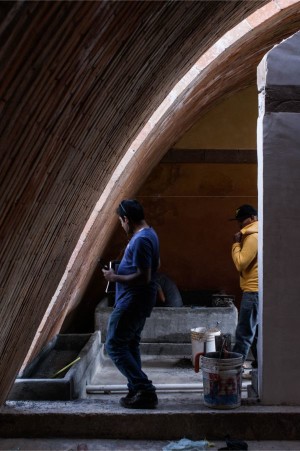
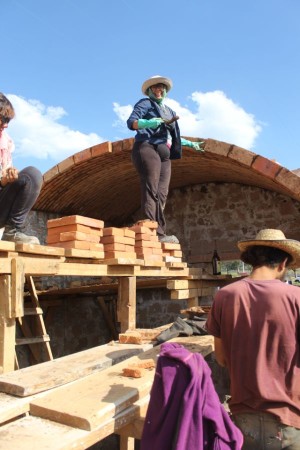
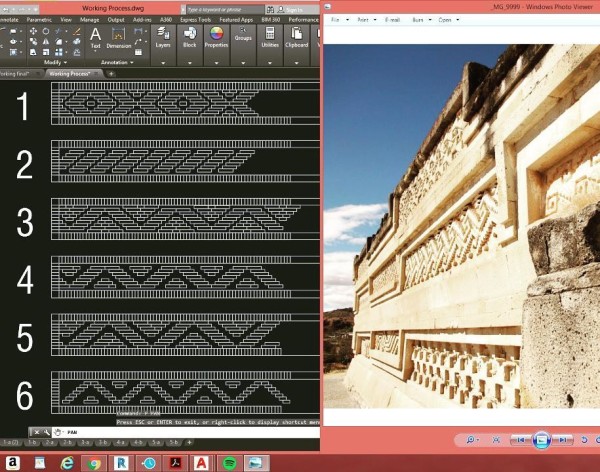
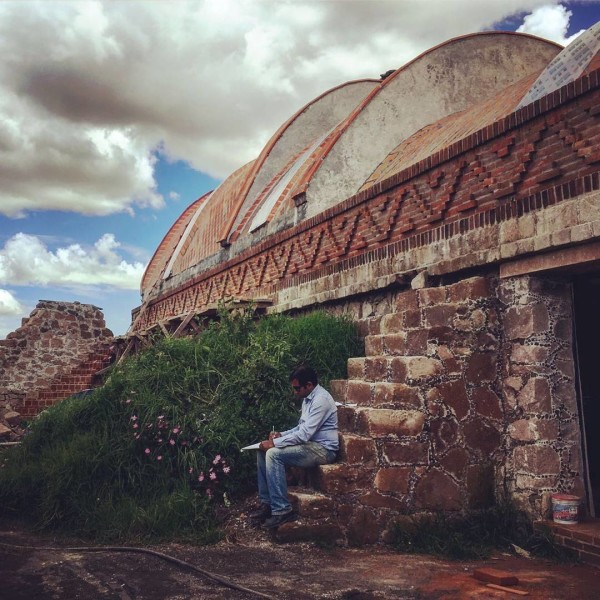
[…] team B fresh from their volunteering experience after building Casa Amealco, was all set to try their hand to a different type of dome. After two weeks of training on site, […]